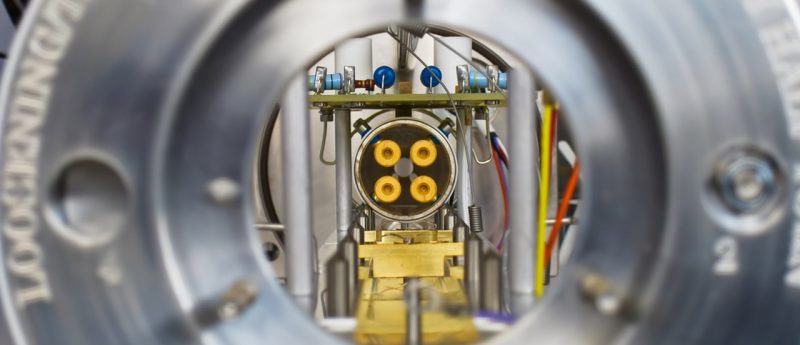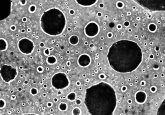Novel application of accelerator MS to track potential carcinogens in the body

Researchers at Oregon State University (OR, USA), the Pacific Northwest National Laboratory (WA, USA), and the Lawrence Livermore National Laboratory (CA, USA) have developed a novel method for tracing polycyclic aromatic hydrocarbons (PAHs) as they move through the human body. PAHs result from the incomplete combustion of carbon, and there are many forms of exposure from smoked cheese to cigarettes.
In recent years, however, the compounds have been subject to growing interest and study due to their carcinogenic properties. Three of the top ten chemicals of concern named by the Agency for Toxic Substances Disease Registry (GA, USA) are PAHs or PAH mixtures.
A novel application of accelerator MS now allows scientists to study the potentially carcinogenic hydrocarbons as they travel through the body. Accelerator MS is more sensitive than standard biological tracking tools such as radioactivity measuring, with the ability to measure infinitesimal PAH concentrations in blood. The sensitivity of the new tracking method is analogous to a single drop of water in 4000 swimming pools, or to a one-inch increment on a 3 billion mile long measuring tape.
The work was partly supported by an award from the Superfund Research Program at the National Institute of Environmental Health Sciences (NC, USA). David Williams, principal investigator at the Linus Pauling Institute at Oregon State University, commented on the research: “We’ve proven that this technology will work, and it’s going to change the way we’re able to study carcinogenic PAHs.”
A PAH compound listed as a probable human carcinogen was administered in very small doses – equivalent to that found in a 5 ounce serving of smoked meat – to volunteers in the study. The researchers found that the compound reached peak metabolic level within around 2 hours, before being rapidly eliminated, and were also able to study individual metabolites.
The team wrote in their conclusion: “Further development and application of this technology could have a major impact in the arena of human environmental health.”
Source: New technology tracks carcinogens as they move through the body.





